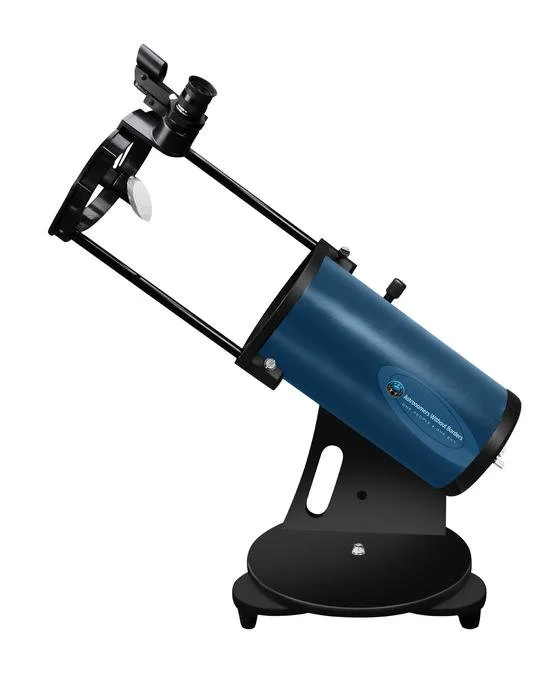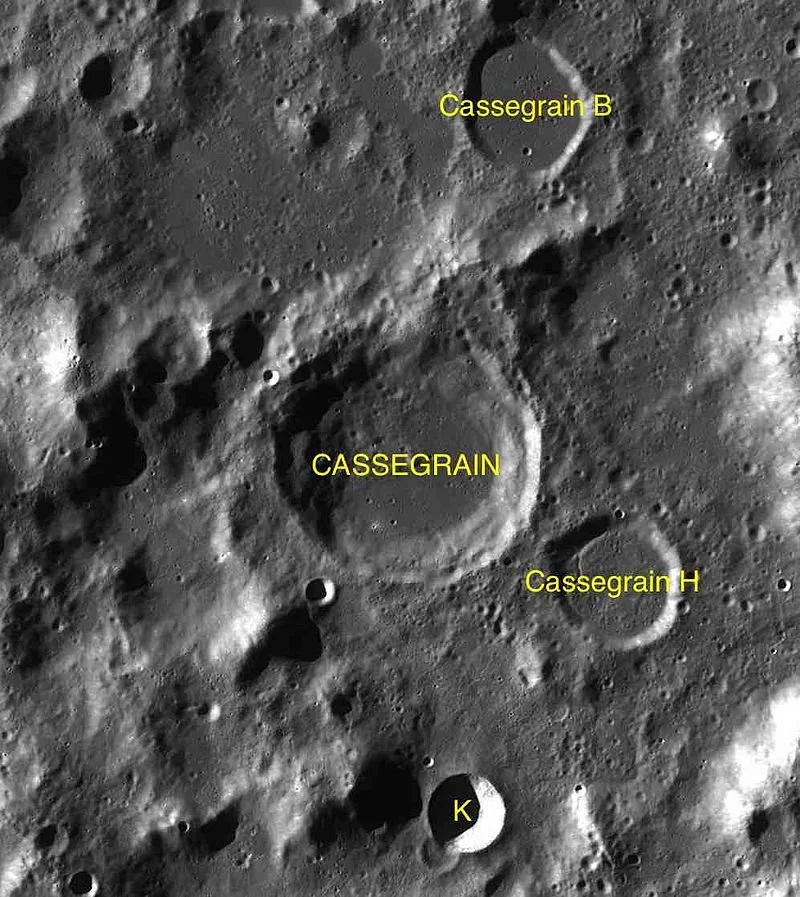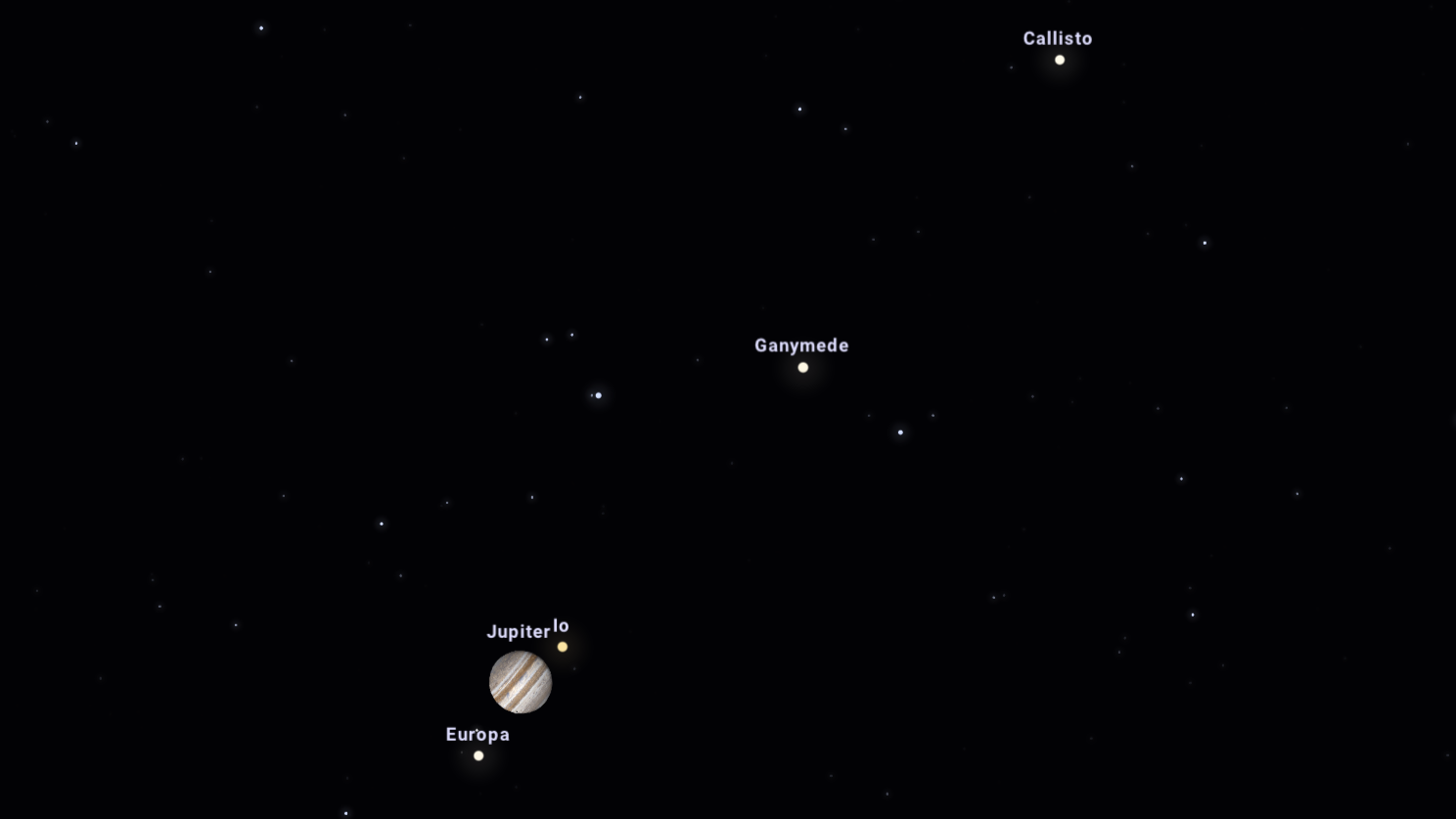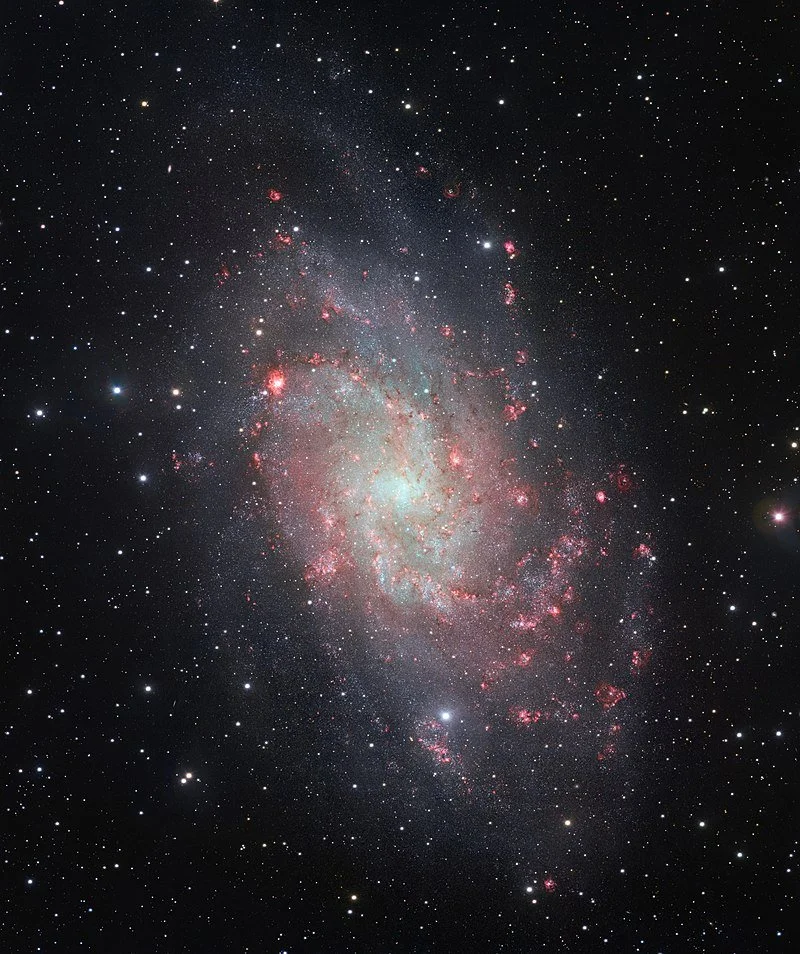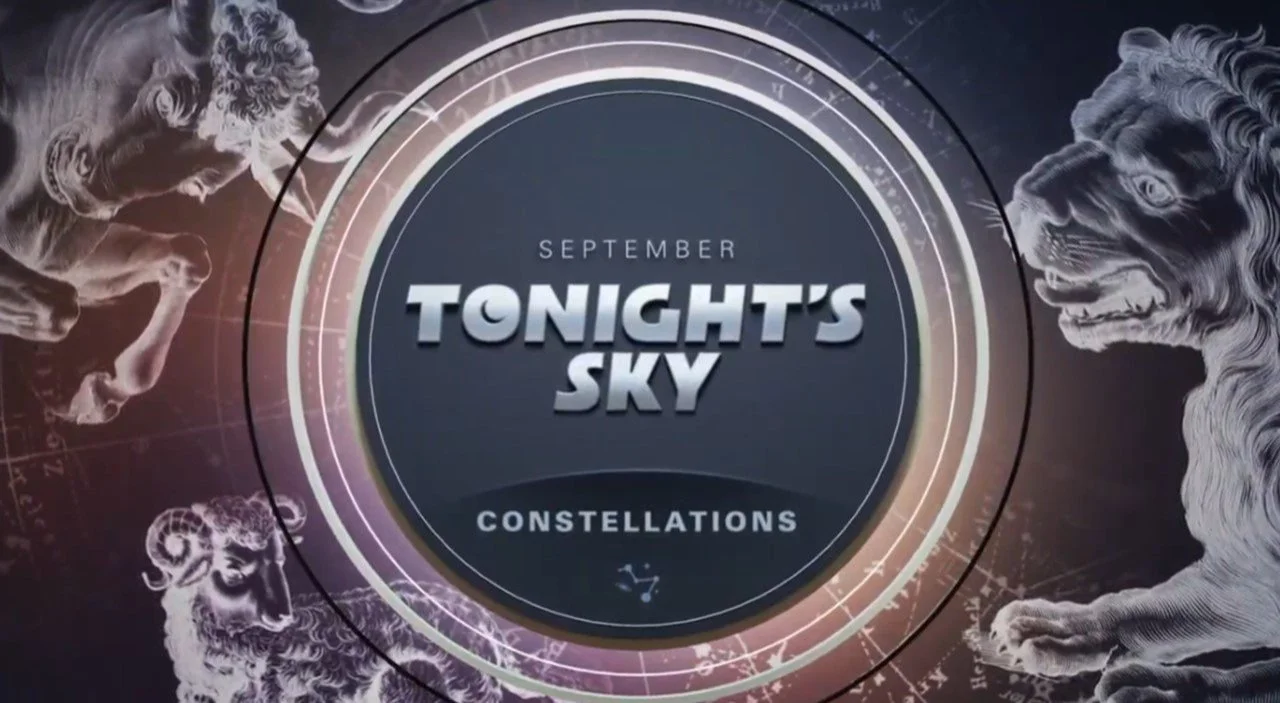Astral Projections Online September 2024
Check our Website for updated content at www.astra-nj.com
Club Presentations Wanted:
Does anyone have any astronomy items of interest to share with the membership?
Please let us know at Club Contacts.
Club dues and membership. If you renew after March 31 you will be renewed as a new member.
ASTRAL PROJECTIONS ONLINE (APO for short) is an email-linked publication for members only. If you exit APO to the club website or other resources you will need to use the emailed link again to get back to it. If you wish to retain a copy please bookmark or refer back to the email. We will make all efforts to post by the first week of the month.
Submissions Welcome: Members are invited to submit articles, photos, news, or stories for inclusion with Astral Projections Online. Please contact the ASTRA Webmaster.
Event Calendar
EVENT Cancellations: Members will receive email notifications of an event cancellation.
Upcoming September ASTRA Meeting
ASTRA's next meeting will be Friday, September 13, 2024, at 7 PM EST. This meeting will be a return to Novin’s Planetarium on the campus of Ocean County College.
Upcoming Star Parties
Jakes Branch - September 7 - 8:30 PM to 10:30 PM
Island Beach State Park Beach House#2 - September 28 - 8 PM to 10 PM
Jakes Branch - October 5 - 7 PM to 9 PM
Jakes Branch - November 9 - 6 PM to 8 PM
Upcoming Public, County & State Park Presentations 2024
Public Outreach Presentations, if any member wishes to support ASTRA outreach efforts with the public, please let Vinny, Ro, or Jim know of any interest. Additional help for these events is always appreciated.
County and State Park presentations require a registration fee, call the hosting park to reserve.
September 14 - Egg Harbor +55 community - This is a private community event on Fall and Winter constellations.
October 1 - Princeton Garden Club - DarkSky presentation. - 5 PM to 8 PM
October 6 - Seaside Community Center USS Challenger Star Trek Fan Group - 12:30 PM to 1:30 PM - More Info Pending
October 17 - Cloverdale Farm - 4H Club - SciStarter Earth Science - 6 PM to 7:30 PM
November 8 - Cape May Dark Skies at Cape May Convention Center - More info pending.
This may become a yearly event with several groups participating so far.
November 14 - Cattus Island County Park - Buying Your First Telescope - 6 PM to 8 PM
Website Updates …
Please visit our club website. We continue to have additional updates, if some content would be useful to members please let us know.
“For my part, I know nothing with any certainty, but the sight of the stars makes me dream.”
Vincent Van Gogh - Dutch Post-Impressionist Painter
September ASTRA Meeting - Sept 13
Our September meeting will be back at Novins Planetarium. ASTRA member Rich Brady will present “Women in Math and Science” at our post-summer return to the planetarium.
ASTRA Picnic - September 21
SAVE THE DATE!
Astra's annual picnic
Date and time: 9/21/2024 - 2 pm-?
Location: Illuzzi Residence - Information supplied via club email.
This is an RSVP event - Please RSVP by 9/13 with how many are coming and what you will be bringing to the picnic. No need to reply with regrets. Please RSVP to Ro - Information supplied via club email.
Family members are invited too!
Bring your own chairs and specialty beverage
Hamburgers, hot dogs, wings, and the fixin's will be provided by the club.
If you can bring something from the list below please tell us what you are bringing when you RSVP.
Suggestions:
salad (potato, macaroni, cole slaw or green salad)
macaroni & cheese
baked ziti
baked beans
desserts
fruit salad
or anything else you think we will enjoy
Thank you!
Ro
Event Reports
August 10 Star Party
On August 10, we had a Star Party at Jakes Branch. The images below are from Jakes Branch. We had an okay showing of members for the Star Party. Phil Zollner had his new Sky-Watcher OTA on hand. John Enderson had picked up a huge homemade Dobsonian Telescope that he restored. Jokingly we named it Big Bertha. Jim Webster's table display has expanded with dark-sky education and citizen science display boards. We will keep the displays with the red lights on the displays behind the Webster mobile. We’ll have club handouts at the table. Anyone with ideas for this, let us know.




August 24 Star Party
August 24 was our Star Party at Cloverdale. Member turnout was low for this one. Summertime is always rough, but we were able to pull it off. Thanks to those who attended. No images were available.
August ASTRA Meeting Summary
The ASTRA Observing meeting for August, unfortunately, was canceled due to weather.
County Park Presentations
We did not have any county park presentations for August.
Members Submitted Articles & Items
Whatever it is, how you tell your story online can make all the difference.
Contact: Jim Webster, ASTRA President and Webmaster, regarding submissions.
Horrifying Story Related to Orion Telescope Shutdown
By Jim Webster
Over the years there have been many telescope companies that were great and are now gone. Astrola, Unitron, Edmunds, Jaegers, University Optics, Criterion… and OPT. But new ones have arisen. SkyWatcher, Ioptron, Agena Astro, and ZWO, to name a few. We are also onto the next stage of telescopes with the rise of Smart Telescopes and vendors for them.
But what happened with Orion Telescopes & Binoculars is different, they have vanished with no official notice or news. It just disappeared.
The Orion Telescope shutdown has had an impact on many telescope owners. This includes the Library Telescope program which has Orion Tabletop Telescopes seeded nationally within their program. Emergency meetings were held and it looks like the program will continue with Celestron Tabletop telescopes.
The linked video has mostly the same information we already heard about the Orion Telescope shutdown. But it really gets bad toward the end of this recent YouTube video.
Protecting ASTRA Astronomers Without Boarders Telescope
Reaching out to the members to look for or come up with ideas to protect the club loaner Astronomers Without Boarders Telescope.
Ideally, a case that is not too heavy can protect it in the closed position or something else.
Email Jim Webster or we can discuss at the September meeting.
The Moon: Our Nearest Neighbor
Let’s explore some interesting features, facts, or myths about our nearest neighbor, the Moon. Without it, life on Earth would be totally different, if not at all.
Cassegrain Crater …
September 1 1693, is the anniversary of the death, at Chaudon (some sources state 31 Aug), of the French Catholic priest and instrument maker Laurent Cassegrain. Although this image may be a likeness of Laurent Cassegrain, no verifiable portrait of him is known to exist.
Born at Chartres in around 1629, he is best known to astronomers as being the probable inventor of a type of reflecting telescope which uses a combination of a primary concave mirror and a secondary convex mirror.
Now known as the Cassegrain reflector, Cassegrain’s design first appeared in the 25 Apr 1672 issue (pictured) of Le Journal des Sçavans (established by French writer Denis de Sallo in 1665 and the earliest academic journal published in Europe).
The 55 km diameter lunar impact crater Cassegrain, is located to the southeast of the larger crater Lebedev on the far side of the Moon and seen here immediately to the lower right of the image center, is named in his honor.
The interior of this crater has a relatively dark-hued floor, a feature it has in common with other craters to the west and northwest that form part of the Mare Australe.
Outreach material below is distributed free for public outreach.
Around The Web
Adirondack Sky Center
Astrophotography Conference
This four-day workshop event is at Little Wolf Pond, Tupper Lake New York. It’s a six to seven-hour drive from Toms River. The price Is very reasonable and if lodging is needed check out cabins at Curtigay Cove. It is a two-minute drive from the Sky Center.
Curtigay Cove cabin rental, speak with Jim Webster.
Dark Sky News
Dark Sky New Jersey is a joint venture of Dark Sky International Advocates and Delegates from New Jersey and the New Jersey chapter of the Sierra Club Dark Sky team. If there is an interest in helping, please let Jim Webster know.
DarkSky New Jersey now has a Facebook page.
Artificial light is a deadly siren song for young fish.
New findings reveal that artificial light at night (ALAN) creates an "ecological trap" for larval fish, drawing them away from naturally lit habitats and significantly reducing their survival rates. This discovery has major implications for fish conservation and fishing stock management. For more visit phys.org.
The Star Links Blues
STARLINK SATELLITES ARE TURNING BLUE: A new type of Star Link satellite is making bright blue streaks across the night sky. Direct to Cell Star Links have a blue coating and are as much as 5 times brighter than their internet-only cousins. Up to 7,500 may be deployed to build a "cell tower in space." … Spaceweather.com
On the lighter side of astronomy …
For more go to NASA Jet Propulsion Laboratory webpage: What’s Up: Skywatching Tips From NASA
This article and images are distributed by NASA Night Sky Network
The Night Sky Network program supports astronomy clubs across the USA dedicated to astronomy outreach.
Visit nightsky.jpl.nasa.gov to find local clubs, events, and more!
September’s Night Sky Notes: Marvelous Moons
By Kat Troche
September brings the gas giants Jupiter and Saturn back into view, along with their satellites. And while we organize celebrations to observe our own Moon this month, be sure to grab a telescope or binoculars to see other moons within our Solar System! We recommend observing these moons (and planets!) when they are at their highest in the night sky, to get the best possible unobstructed views.
The More the Merrier
As of September 2024, the ringed planet Saturn has 146 identified moons in its orbit. These celestial bodies range in size; the smallest being a few hundred feet across, to Titan, the second largest moon in our solar system.
The Saturnian system along with various moons around the planet Saturn: Iapetus, Titan, Enceladus, Rhea, Tethys, and Dione. Credit: Stellarium Web
Even at nearly 900 million miles away, Titan can be easily spotted next to Saturn with a 4-inch telescope, under urban and suburban skies, due to its sheer size. With an atmosphere of mostly nitrogen with traces of hydrogen and methane, Titan was briefly explored in 2005 with the Huygens probe as part of the Cassini-Huygens mission, providing more information about the surface of Titan. NASA’s mission Dragonfly is set to explore the surface of Titan in the 2030s.
Saturn’s moon Enceladus was also explored by the Cassini mission, revealing plumes of ice that erupt from below the surface, adding to the brilliance of Saturn’s rings. Much like our own Moon, Enceladus remains tidally locked with Saturn, presenting the same side towards its host planet at all times.
This mosaic of Saturn's moon Enceladus was created with images captured by NASA's Cassini spacecraft on Oct. 9, 2008, after the spacecraft came within about 16 miles (25 kilometers) of the surface of Enceladus. Credit: NASA/JPL/Space Science Institute
The Galilean Gang
The King of the Planets might not have the most moons, but four of Jupiter’s 95 moons are definitely the easiest to see with a small pair of binoculars or a small telescope because they form a clear line. The Galilean Moons – Ganymede, Callisto, Io, and Europa – were first discovered in 1610 and they continue to amaze stargazers across the globe.
The Jovian system: Europa, Io, Ganymede, and Callisto. Credit: Stellarium Web
Ganymede: The largest moon in our solar system, and larger than the planet Mercury, Ganymede has its own magnetic field and a possible saltwater ocean beneath the surface.
Callisto: this heavily cratered moon is the third largest in our solar system. Although Callisto is the farthest away from the Galilean moons, it only takes 17 days to complete an orbit around Jupiter.
Io: the closest moon and third largest in this system, Io is an extremely active world, due to the push and pull of Jupiter’s gravity. The volcanic activity of this rocky world is so intense that it can be seen from some of the largest telescopes here on Earth.
Europa: Jupiter’s smallest moon also happens to be the strongest candidate for a liquid ocean beneath the surface. NASA’s Europa Clipper is set to launch in October 2024 and will determine if this moon has conditions suitable to support life. Want to learn more? Rewatch the July 2023 Night Sky Network webinar about Europa Clipper here.
Be sure to celebrate International Observe the Moon Night here on Earth on September 14, 2024, leading up to the super full moon on September 17th! You can learn more about supermoons in our mid-month article on the Night Sky Network page!
Let’s Explore Space - What’s in the Sky September 2024
M33 - Triangulum Galaxy
The Triangulum Galaxy is a spiral galaxy 2.73 million light-years from Earth in the constellation Triangulum. It is catalogued as Messier 33 or NGC 598. Wikipedia
Distance to Earth: 2.723 million light-years
Discoverers: William Parsons, 3rd Earl of Rosse, Giovanni Battista Hodierna
Discovered: 1654
Stars: 40 billion
Coordinates: RA 1h 33m 50s | Dec +30° 39′ 37″
Magnitude: 5.72
Radius: 30,000 light-years
The galaxy is best seen from Northern Hemisphere locations during October, November, and December. Under dark skies. Binoculars reveal a large mist without detail. An 80mm (3.1-inch) scope shows the galaxy as a very large diffuse patch of light, covering much of the field of view with a slightly brighter center that's best viewed using low powers. A medium-size 150mm (6-inch) or 200mm (8-inch) scope enhances the core and brings out some mottling. A larger telescope of at least 300mm (12-inch) aperture is required to reveal the spiral structure, along with dark dust lanes, knotty patches of nebulosity, and other subtle features. For the budding astrophotographer, M33 is a rewarding target with spiral arms and brighter nebulae relatively easy to capture.
Tonight’s Sky: September
In September, Pegasus becomes increasingly prominent in the southeastern sky, allowing stargazers to locate globular star clusters and a nearby double star, Alpha Capricorni. Keep watching for space-based views of densely packed, spherical collections of ancient stars in visible and X-ray light.
Visit the STScI which produces Hubblesite.org video overviews for Tonight’s Sky.
They can be found both on Facebook and stsci.edu.
Submissions Welcome
Members are invited to submit articles, photos, news, or stories for inclusion with Astral Projections Online. Please contact the ASTRA Webmaster.


